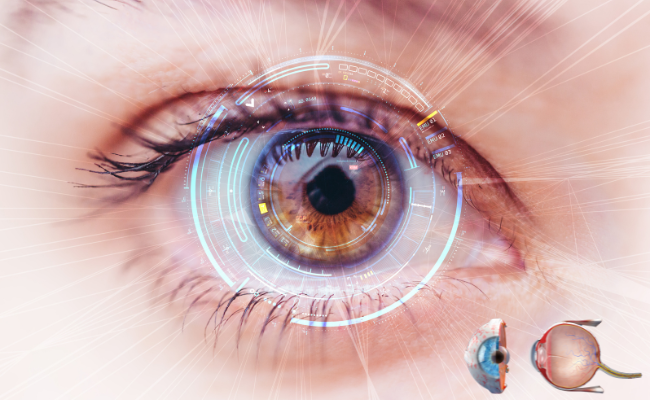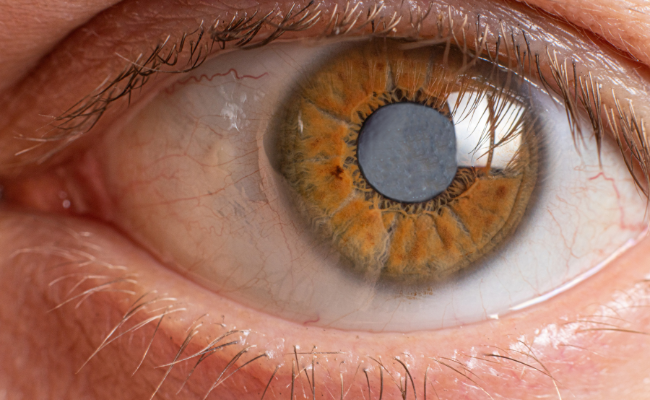How to Treat Colour Vision Deficiency?
- November 28, 2023
- No Comments
What is Colour Vision Deficiency?
Colour Vision Deficiency (CVD), or color blindness, is an inherited visual impairment impacting the accurate perception of certain colors. It manifests in various forms, with red-green and blue-yellow color blindness being the most common types. This condition results from the malfunction of cones, nerve cells in the eye's retina responsible for processing light and images.
Contrary to the misconception of total color blindness, individuals with CVD can generally discern a range of colors, although their perception may differ from those with normal color vision. Challenges arise in distinguishing specific colors or shades, and in rare cases, some individuals may be entirely unable to perceive any colors.
Why Does Colour Vision Deficiency Occur?
Colour Vision Deficiency is primarily caused by genetic factors. The genes responsible for the development of color-sensing pigments in the eye's cone cells are located on the X chromosome. Since males have only one X chromosome (XY), a genetic mutation on this chromosome can result in color blindness. Females, on the other hand, have two X chromosomes (XX), so they may carry a faulty gene on one X chromosome but still have a normal vision gene on the other.
Another cause of acquired color blindness is certain diseases, medications, or exposure to chemicals that can damage the optic nerve or the retina. However, these cases are less common compared to the genetic form of color blindness.
How Does Colour Vision Deficiency Affect Individuals?
People with Colour Vision Deficiency experience challenges in accurately identifying and differentiating between specific colors. The severity of the condition can vary, ranging from a mild difficulty in distinguishing certain shades to a complete inability to perceive particular colors. The impact of CVD is not limited to daily activities; it can affect academic and professional performance, as some professions require the ability to distinguish between colors accurately.
In everyday life, color-blind individuals may struggle with tasks such as matching clothes, reading color-coded information, or identifying ripe fruits. In professional settings, jobs that involve interpreting color-coded graphs, maps, or signals may pose challenges for those with color blindness.
Treatment Solutions for Colour Vision Deficiency
While there is no cure for genetic color blindness, several strategies and tools can help individuals cope with and manage their condition.
- Color-Correcting Glasses: Specialized glasses, such as EnChroma glasses, are designed to enhance color perception for individuals with red-green color blindness. These glasses use advanced optics to filter specific wavelengths of light, allowing wearers to distinguish between colors more effectively.
- Apps and Assistive Technologies: Various mobile apps and computer software have been developed to assist color-blind individuals in their daily lives. These tools can help identify colors through the use of cameras and provide real-time information about the colors in the surrounding environment.
- Educational Support: Understanding one's color vision deficiency is crucial for effective management. Educational resources, including color vision tests and awareness programs, can help individuals adapt to their condition and develop strategies to overcome challenges.
- Adaptive Devices: In certain professional settings, adaptive devices and accommodations can be implemented. For instance, color-blind-friendly charts and graphs that use distinct patterns or symbols instead of color coding can make information more accessible.
Benefits of Treating Colour Vision Deficiency
- Improved Daily Functioning: Treatment options, such as color-correcting glasses, can significantly enhance the daily lives of individuals with color blindness. Simple tasks like choosing clothes, identifying traffic signals, or reading maps become more manageable, leading to increased independence and confidence.
- Enhanced Educational and Professional Opportunities: With appropriate accommodations and awareness, color-blind individuals can pursue and excel in various academic and professional fields. Access to tools and technologies that mitigate the impact of color vision deficiency ensures equal opportunities for career advancement.
- Psychosocial Well-being: Understanding and managing color blindness can positively impact an individual's mental and emotional well-being. Reduced frustration and increased self-confidence contribute to a more positive self-image and social interactions.
- Inclusive Design: By addressing the challenges faced by color-blind individuals, there is a broader societal benefit through the promotion of inclusive design. Products, services, and environments that consider the needs of individuals with color vision deficiency contribute to a more accessible and equitable society.








.jpg)


Comments (0)
No comments yet